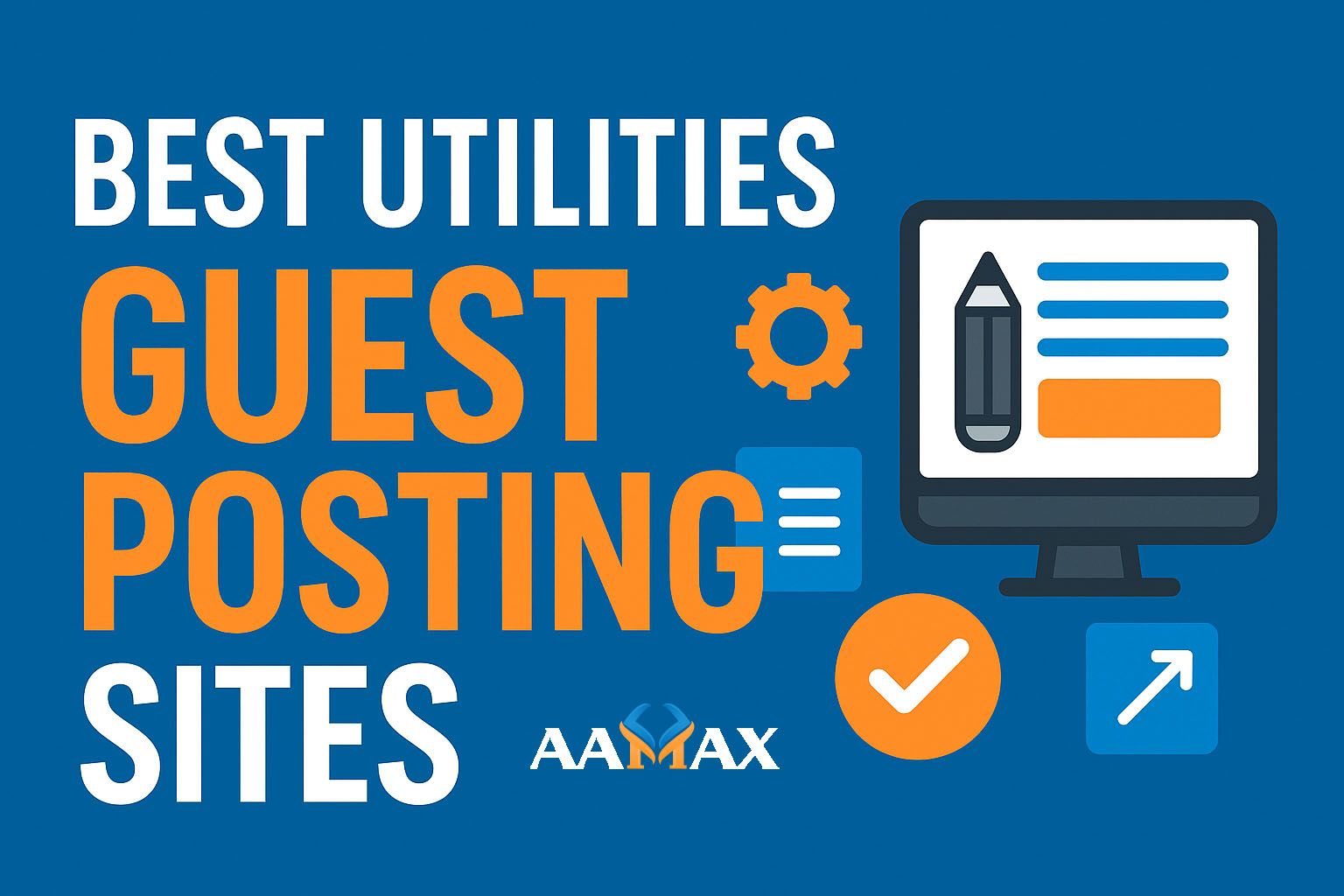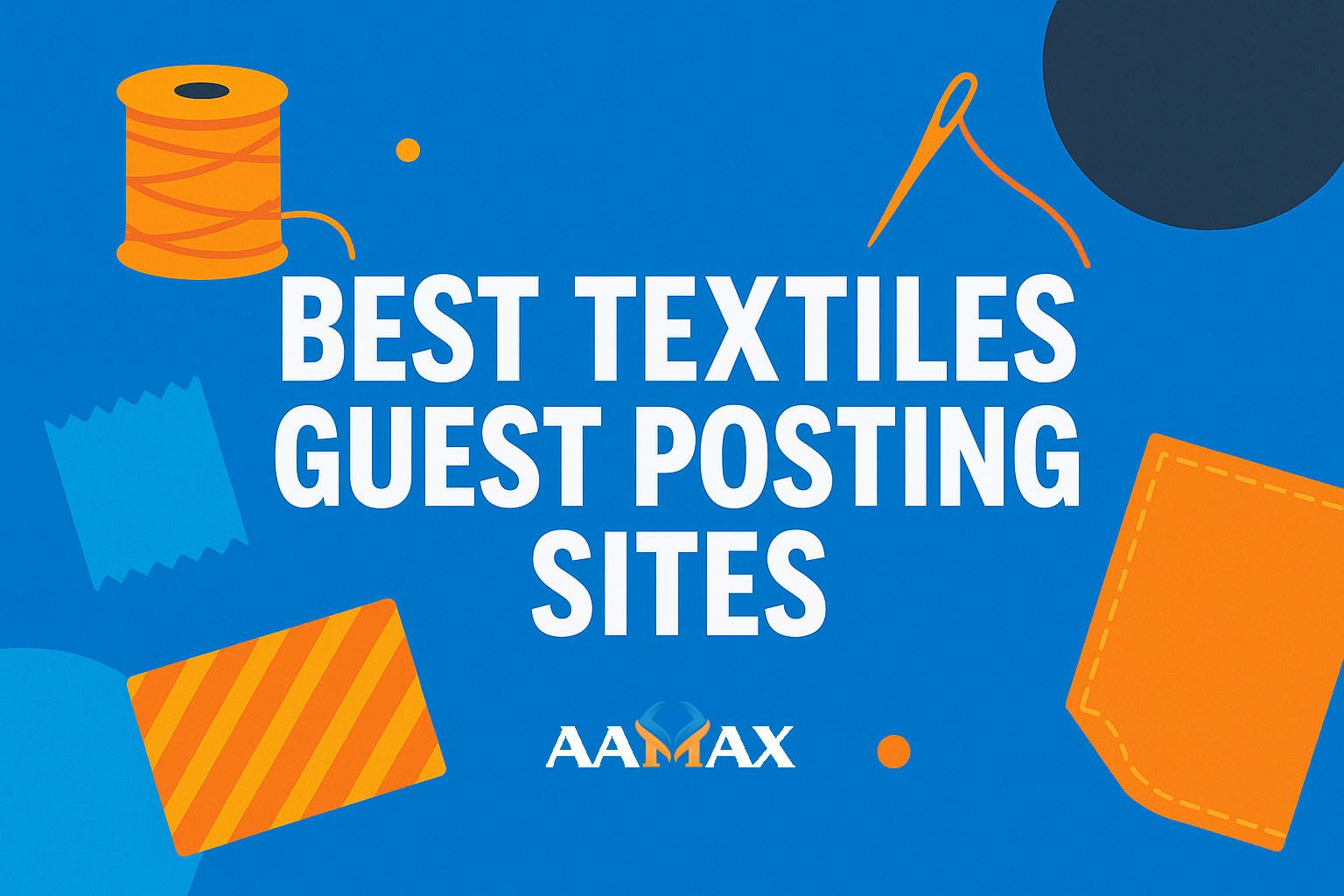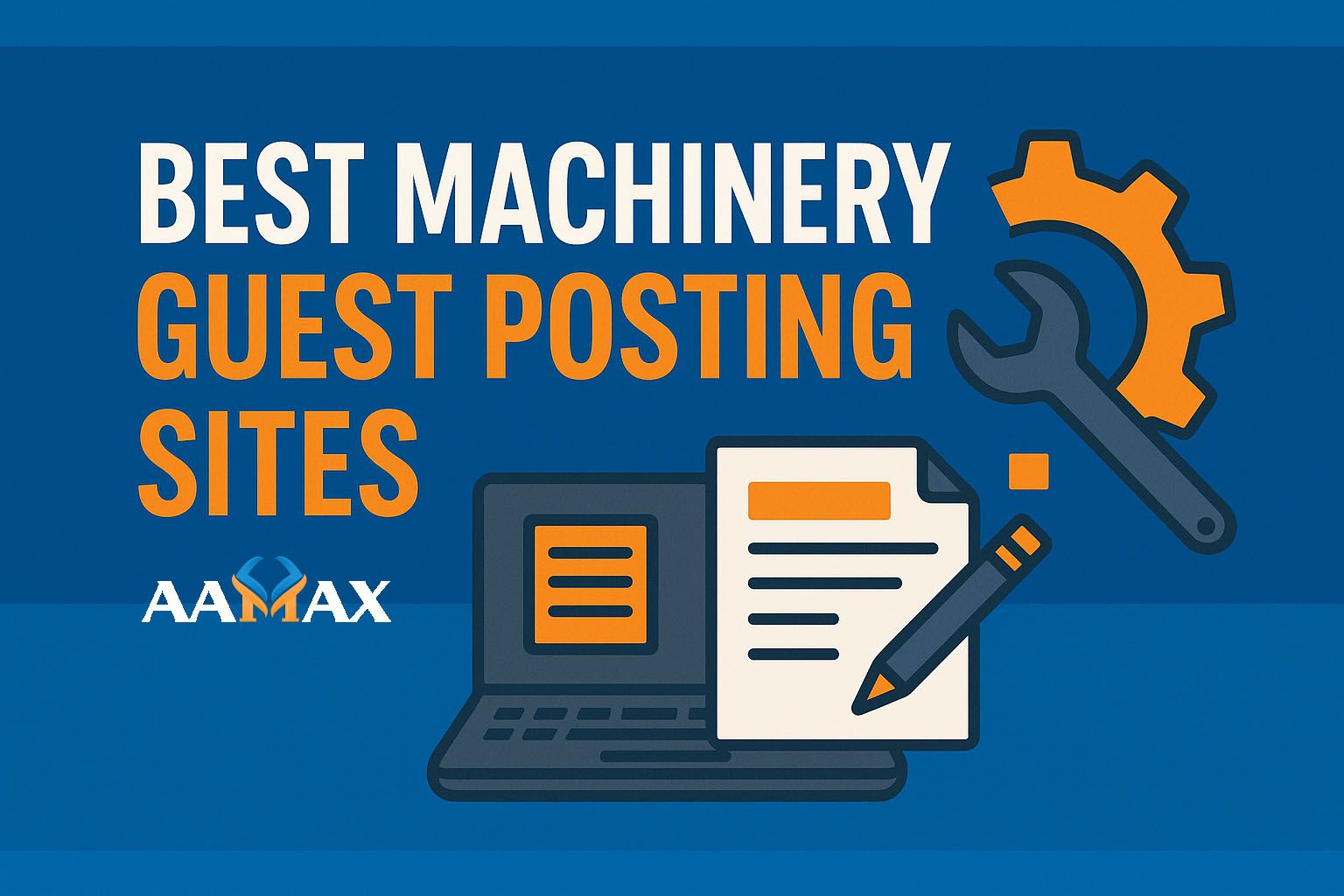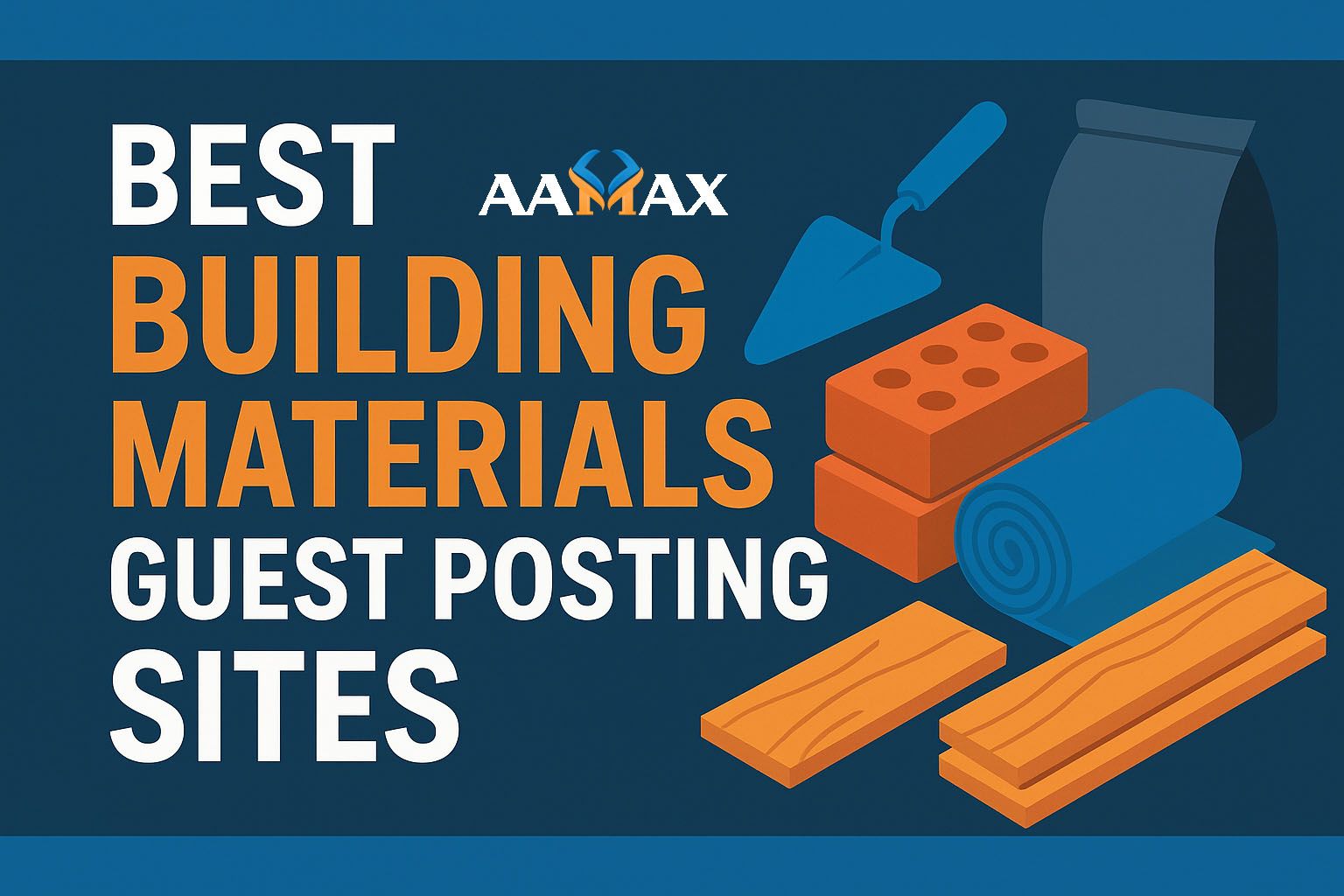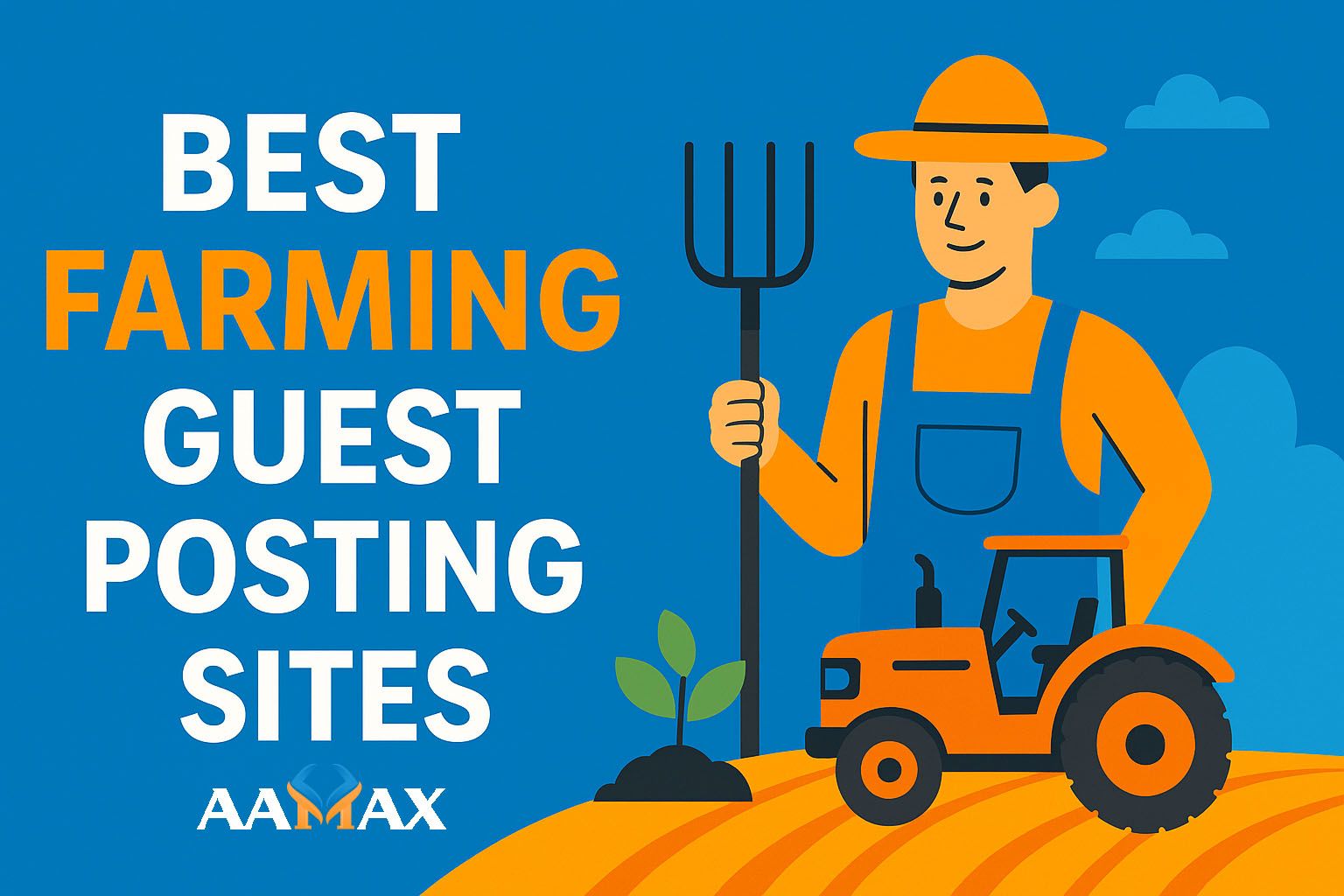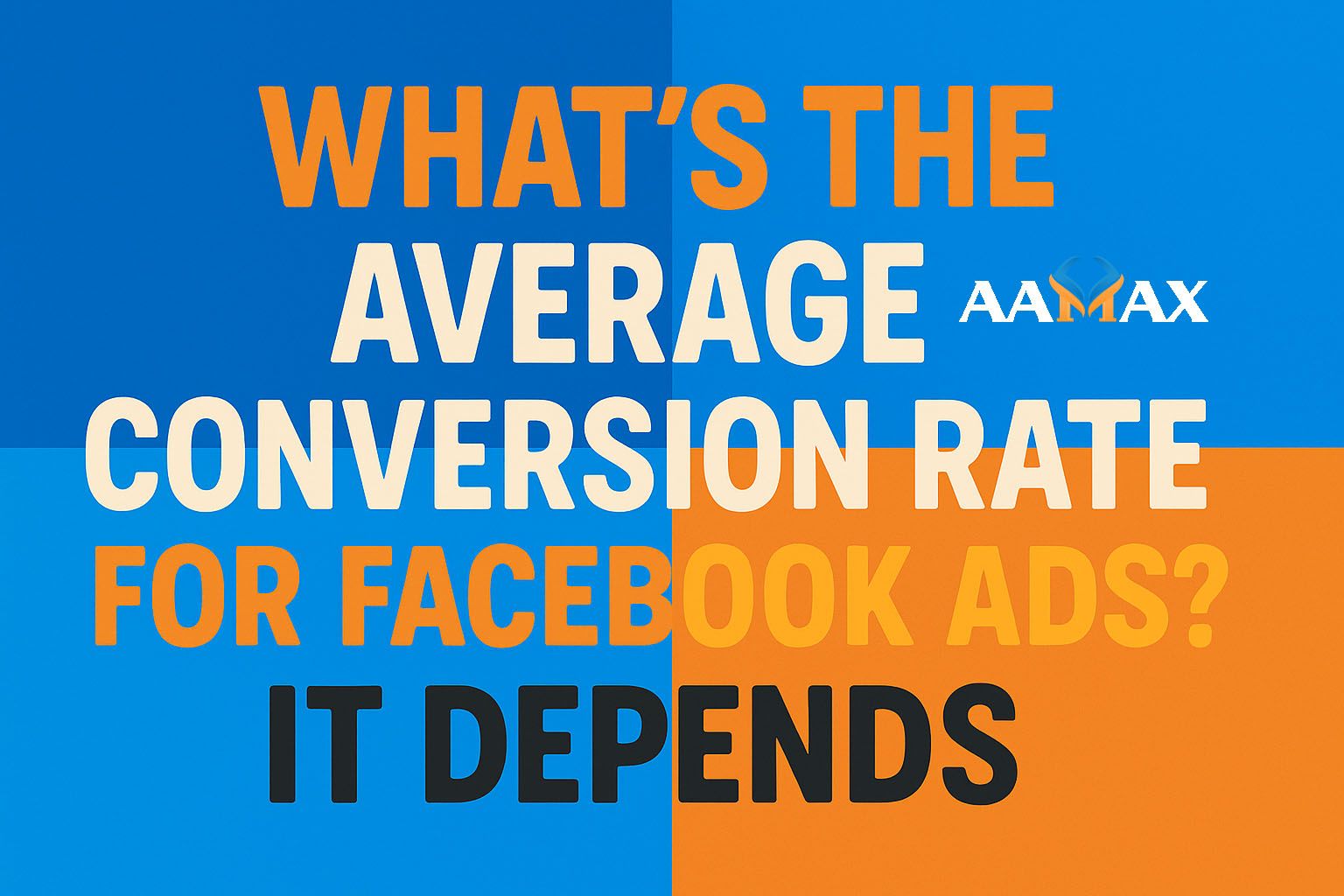
What’s the Average Conversion Rate for Facebook Ads? It Depends
When marketers or business owners ask, “What’s the average conversion rate for Facebook Ads?” the most accurate answer is—it depends. While general benchmarks exist, conversion rates on Facebook vary significantly based on industry, target audience, ad creative, campaign objectives, and a host of other factors. Understanding these nuances is key to setting realistic expectations and achieving optimal performance.
In this detailed guide, we’ll break down what a Facebook ad conversion rate is, explore averages across industries, dissect what influences those numbers, and show you how to improve your campaigns. Whether you're new to Facebook advertising or an experienced marketer, this guide will give you actionable insights to refine your strategy.
What is a Conversion Rate in Facebook Ads?
Conversion rate in Facebook advertising refers to the percentage of users who take a desired action after clicking or viewing your ad. That action could be a purchase, sign-up, lead form submission, download, or any custom event you define in Meta Ads Manager.
The Formula:
Conversion Rate = (Number of Conversions / Number of Clicks or Impressions) × 100
- Click-based conversion rate is calculated using the number of clicks.
- Impression-based conversion rate is based on the total ad views.
Understanding which metric you’re analyzing is essential. Facebook reports both, depending on your campaign settings.
Average Facebook Ad Conversion Rates: Benchmarks by Industry
Based on multiple industry reports and Facebook Ads platform data, here are estimated average conversion rates across popular sectors:
| Industry | Average Conversion Rate (%) | |---------|-----------------------------| | E-commerce | 1.0 – 2.0 | | Finance | 4.0 – 5.0 | | Education | 3.5 – 4.6 | | Healthcare | 2.5 – 3.5 | | Real Estate | 2.0 – 3.2 | | Travel & Hospitality | 1.5 – 2.5 | | Legal | 4.5 – 6.0 | | Technology/SaaS | 2.0 – 4.0 | | Fitness & Wellness | 1.8 – 2.7 |
Note: These figures are approximate. Actual results can vary widely based on targeting, ad quality, and landing page optimization.
Why "It Depends" is the Only Honest Answer
It’s tempting to fixate on industry averages, but the reality is that conversion rates on Facebook are influenced by dozens of variables. Let’s explore the key factors:
1. Industry and Offer Type
Some industries naturally convert at higher rates. For example, a legal firm offering a free consultation may see better conversion rates than an e-commerce brand selling $500 electronics. Similarly, lead generation campaigns typically convert better than direct sales campaigns because they involve less commitment from the user.
2. Target Audience
Are you targeting a cold audience or retargeting website visitors? Cold traffic usually converts lower (1-2%) while warm traffic—users already familiar with your brand—may convert at 5% or higher. Demographics, location, interests, and behavior also play a major role.
3. Ad Creative Quality
Your visuals, copy, call-to-action, and format (video, carousel, image) greatly affect your conversion rate. A poorly designed ad will struggle no matter how good your targeting is.
4. Landing Page Experience
A disconnect between your ad and landing page kills conversions. If your page loads slowly, lacks mobile responsiveness, or doesn’t clearly communicate value, users will bounce before converting.
5. Conversion Tracking Accuracy
If your Facebook Pixel is misconfigured, you might be underreporting (or overreporting) conversions. Always ensure proper implementation of standard and custom events.
6. Ad Objective Selection
Facebook offers multiple campaign objectives: Conversions, Leads, Traffic, Engagement, etc. Choosing the right one influences how the algorithm optimizes ad delivery. Using a “Traffic” objective but expecting conversions is a mismatch.
How to Calculate and Track Your Conversion Rate
To determine your actual conversion rate, use the Meta Ads Manager. Follow these steps:
- Navigate to Ads Manager
- Choose your campaign or ad set.
- Look for the “Conversions” metric.
- Compare against the number of clicks (or impressions) to calculate the rate.
Use tools like Google Analytics or custom server-side tracking for cross-verification and deeper analysis.
Is a 2% Conversion Rate Good?
Yes, a 2% conversion rate on Facebook can be considered average to good, especially for cold traffic. However, what’s “good” ultimately depends on:
- Your customer acquisition cost (CAC)
- Your profit margins
- Lifetime customer value (LTV)
- Campaign goals
If your business can profitably acquire customers at 1.5% conversion, that’s a win—even if the benchmark is 3%.
Tips to Improve Your Facebook Ad Conversion Rate
Here’s how you can push your conversion rates above industry averages:
1. Refine Targeting
- Use Lookalike Audiences based on high-value actions.
- Exclude low-intent segments.
- Layer interests and behaviors strategically.
2. Improve Ad Creative
- Test multiple formats (carousel, video, slideshow).
- Include clear CTAs.
- Use high-quality visuals and benefit-driven copy.
3. Optimize Landing Pages
- Ensure message match with the ad.
- Use compelling headlines, social proof, and concise forms.
- Implement A/B testing to find high-performing layouts.
4. Use Retargeting Campaigns
- Show ads to users who visited your site but didn’t convert.
- Offer discounts or limited-time incentives to boost action.
5. Leverage Facebook’s Algorithm
- Use Conversion Objective with proper event setup.
- Allow Facebook enough data (50+ conversions per week).
- Avoid micromanaging bids unless you're experienced.
Facebook Ad Conversion Rates vs. Other Platforms
Here’s how Facebook stacks up against other platforms:
| Platform | Avg. Conversion Rate | |---------|----------------------| | Google Search Ads | 4.4% – 5.2% | | Instagram Ads | 1.0% – 2.3% | | LinkedIn Ads | 0.5% – 1.2% | | TikTok Ads | 1.1% – 1.8% |
While Facebook Ads don’t always convert as high as search intent platforms like Google, they offer unparalleled targeting and reach, making them incredibly effective in a full-funnel strategy.
Facebook Ad Types and Their Influence on Conversion
Different ad formats impact conversion rates:
- Lead Ads (best for email acquisition): Higher conversion, but lower intent.
- Collection Ads (great for e-commerce): Interactive shopping experience.
- Video Ads (good for storytelling): Engaging, but may require warm audience.
- Carousel Ads (showcase multiple products): Excellent for catalogs and variety.
Choose the format based on your business goal and user journey.
The Importance of A/B Testing
A/B testing lets you validate hypotheses instead of guessing. Test:
- Ad creatives
- Headlines
- Targeting options
- Bidding strategies
- Landing pages
Even small tweaks can lift conversion rates significantly.
Case Example: Improving Conversion from 1.2% to 3.8%
A fitness apparel brand initially had a 1.2% conversion rate on cold audiences. By working with a digital agency to:
- Introduce a better landing page experience
- Use lifestyle video creatives
- Implement retargeting ads
…the brand increased its conversion rate to 3.8% over 60 days.
Want to replicate such results? Hire AAMAX to unlock the full potential of your Facebook Ad campaigns.
Why You Should Hire AAMAX for Facebook Ad Management
AAMAX is a full-service digital marketing agency offering:
- Facebook and Instagram Ads Management
- Conversion Optimization
- Landing Page Design and Development
- SEO and Web Development
With over a decade of experience helping businesses grow online, AAMAX delivers data-driven results. Whether you’re scaling an e-commerce store or looking to generate qualified leads, our team can tailor a strategy to meet your goals.
👉 Visit aamax.co today to schedule a consultation.
Final Thoughts
So, what’s the average conversion rate for Facebook Ads? The truth is, it depends on your industry, strategy, targeting, and execution. While benchmarks are useful, what really matters is your specific business economics and goals.
Rather than chase averages, focus on continuous improvement. Test. Analyze. Optimize. And if you want a team of experts to help accelerate your success, don't hesitate to partner with AAMAX.

